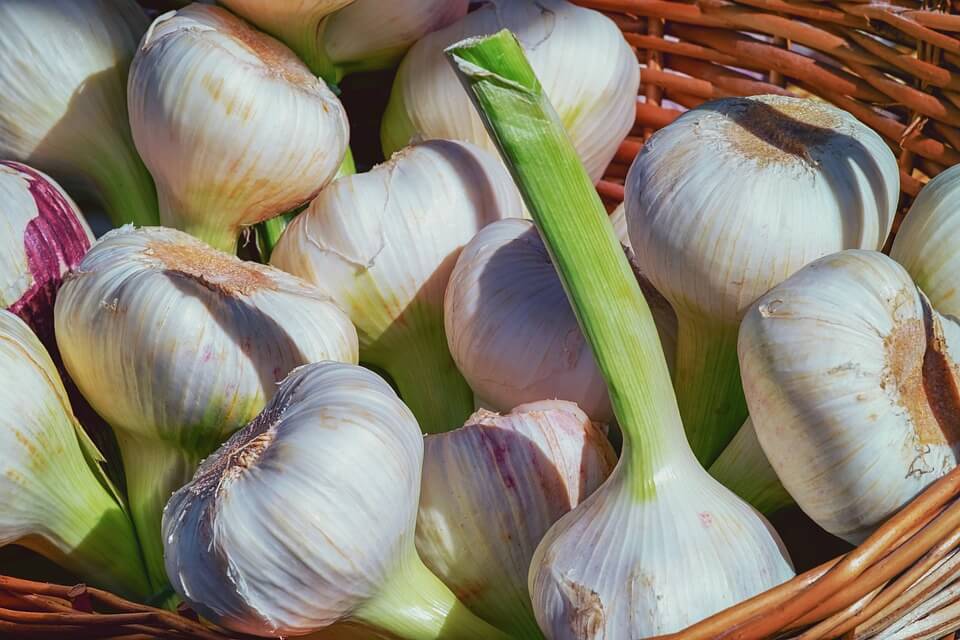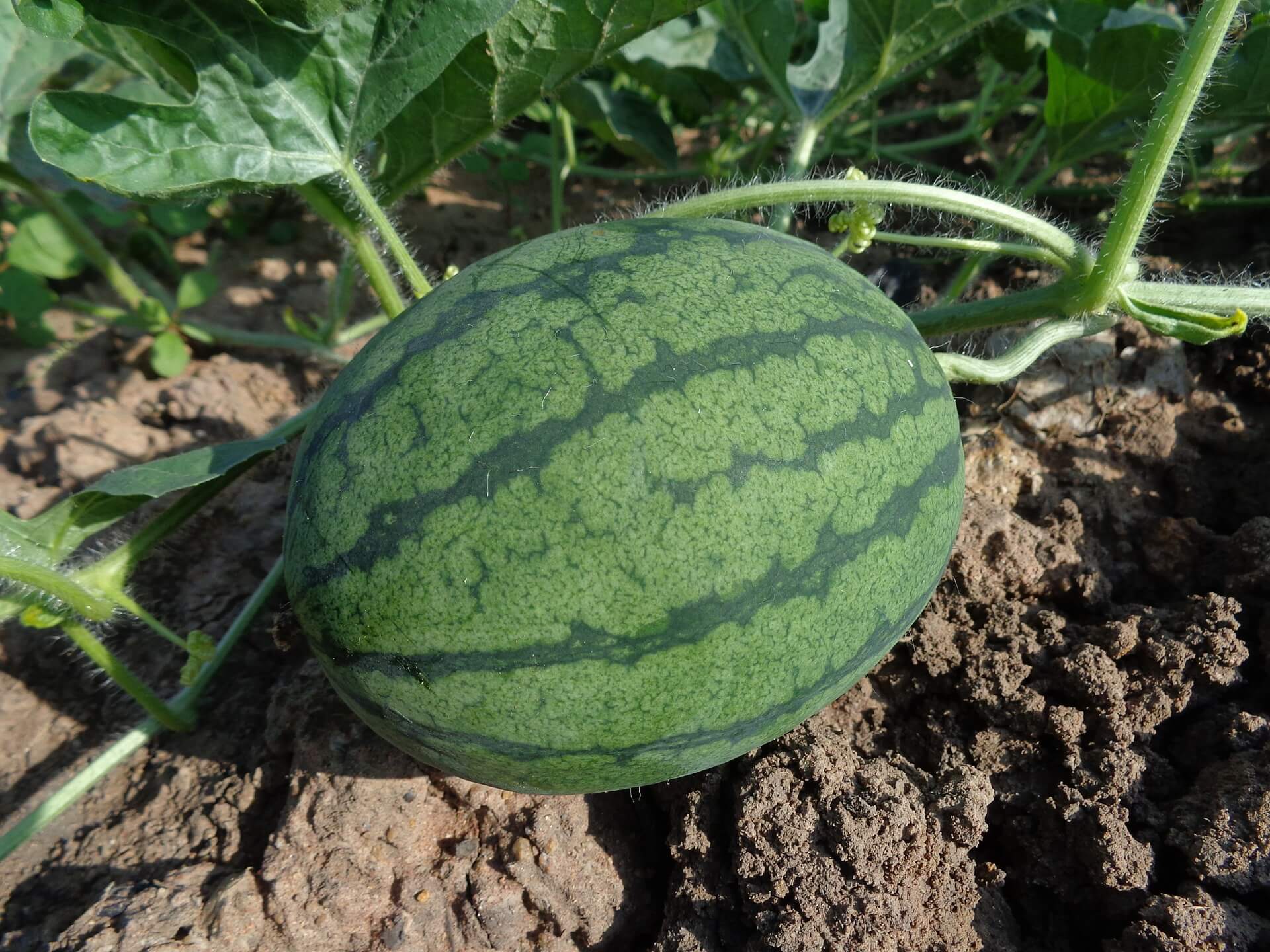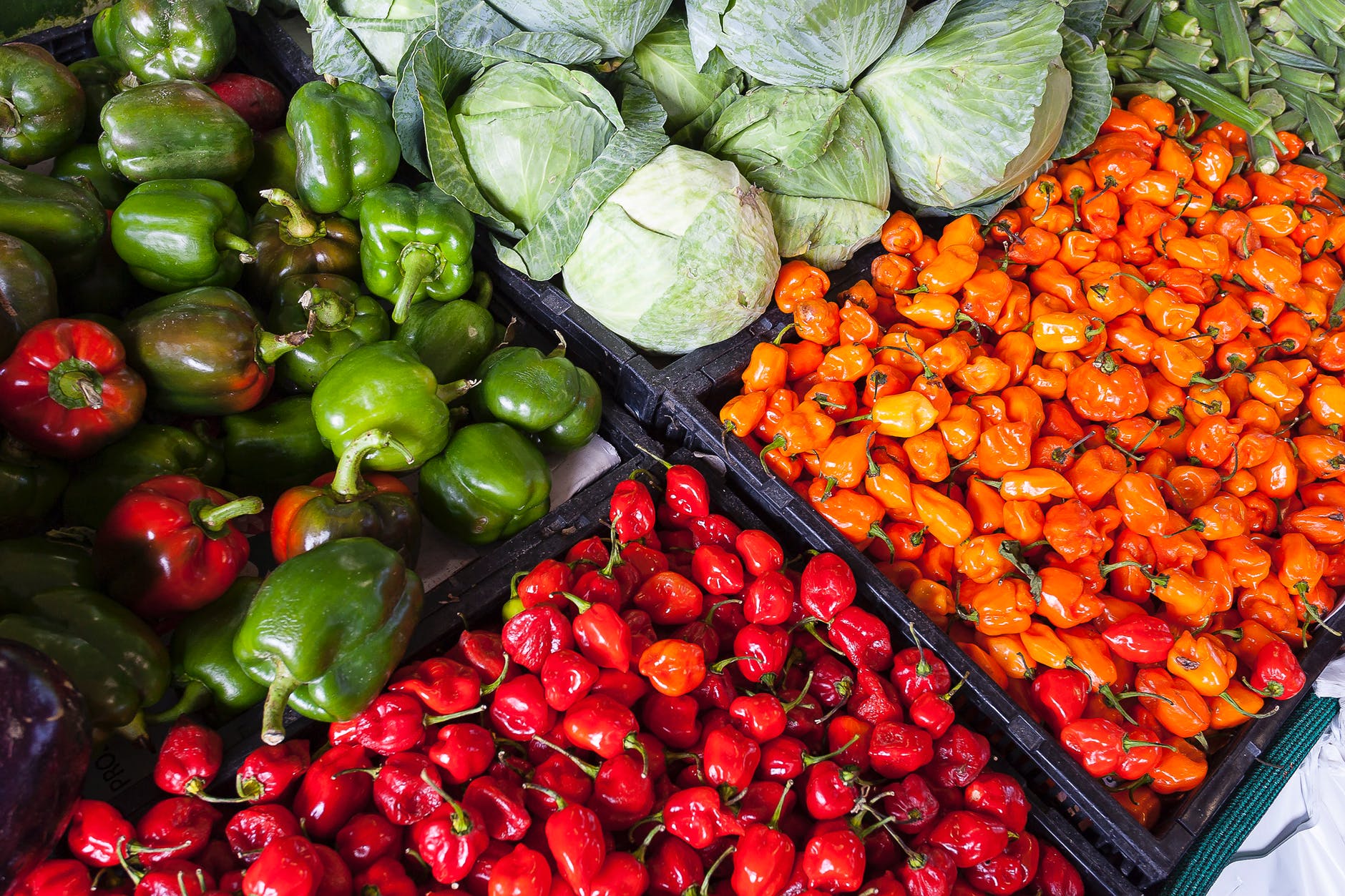Garlic farming in Kenya is one of the most lucrative businesses in Kenya. In addition to being the sought after agribusiness, garlic is considered as one of the most beneficial vegetables for daily use in human consumption, health, and medicinal purposes.
It is also the best flavor/ingredient to use in small and major recipes. There are nine types of garlic that are grown all around the world.
Garlic Farming in Kenya – Types of Garlic.
There are only two (2) major categories of garlic onions that are grown all over the world. These are;
- The Hardneck garlic
- And the Softneck garlic
Within these two categories, we have the nine (9) sub-types from which their growth is favored by the geographical location and weather.
We’re not going to tire you with details of other types of garlic that are grown all over the world. But, we are going to show you the three subtypes of garlic that are common. Let’s get you started.
1. Silver white Garlic
The first type of garlic on our list is the popular Softneck garlic which are known by their characteristic white color and also their short period of growth and maturity.
2. Silver rose garlic.
Next, we have the silver rose garlic which when dried well in the sun, has an average shelflife of 12 months.
This means that, even if there is no ready market at the time of harvest, you can store and sell them later when the market reopens.
Related: Onion Farming in Kenya – A simple analysis
3. Artichoke Seed Garlic
Then, we have the Artichoke variety which are reddish in color and the most productive. This type of garlic is considered to be one of the easiest to grow and the most productive.
In Kenya, there are three sub-types of garlic onions that are notorious for;
- Plenty of fatty acids
- Rich in proteins
- And lastly, one that is rich with proteins but with less fatty acids.
These are the ones we consume and use on a daily basis.
Garlic Farming in Kenya
Garlic onions do well in humid areas characterized by low sunshine, moderate rainfall, and low temperatures with no strong winds or thick fog.
In addition to the above, garlic onions also require black fertile and well-drained light soil with a PH of between 5.5 – 6.8.
Garlic are grown from the nursery first and then transplanted to the main farm after the seedlings have reached the height of 6-14 inches.
In the nursery, the seedlings are then sown in rows with a distance of 12 inches between rows and 3-4 inches from one seedling to the next seedling.
Where is garlic grown in Kenya?
In short, garlic onions are one of the hardest crops to farm because they tend to survive within a small geographical area around the world.
Here in Kenya, garlic onions do well in Meru, Nakuru, and Narok. Garlic can also do well in any other area that is consistent with the above-mentioned areas but for a small scale production only.
Land preparation
- Plow the soil slightly and do some hallowing to facilitate the planting of the seedlings.
- Make ridges of 1 to 1.5 meters and 10 meters wide.
- In terms of the fertilizer, avoid using large quantities. Just apply the right amount.
Planting
The seedlings should be planted to a depth of about 2.5 inches deep. For the best results, it is recommended to use cow dung fertilizer during planting.
Garlic is usually harvested after a period of 4-6 months depending on the weather and the type of seed used.
Farm spacing
When planting garlic at the farm, the distance between rows should be 8 inches and from one seedling to the next is 6 inches (8×6).
Mathematically speaking, one acre of land requires approximately 200 -300 kilograms of clove seedlings which will, in turn, fetch 5-6 tonnes of harvest.
Garlic diseases
- Garlic Onions are not as susceptible to disease as other crops.
- When the plants start flowering, let them grow tall until they bend under their own weight. And then, trim them down to increase production.
The only know disruptive pests are THRIPS and fog on the side. The garlic plant is usually susceptible to diseases from Weeks 3 to 7. You can use the common pesticides for tomatoes and onions on garlic.
Where to sell garlic in kenya
Garlic is just like any other food, it is needed in large quantities locally and abroad.




